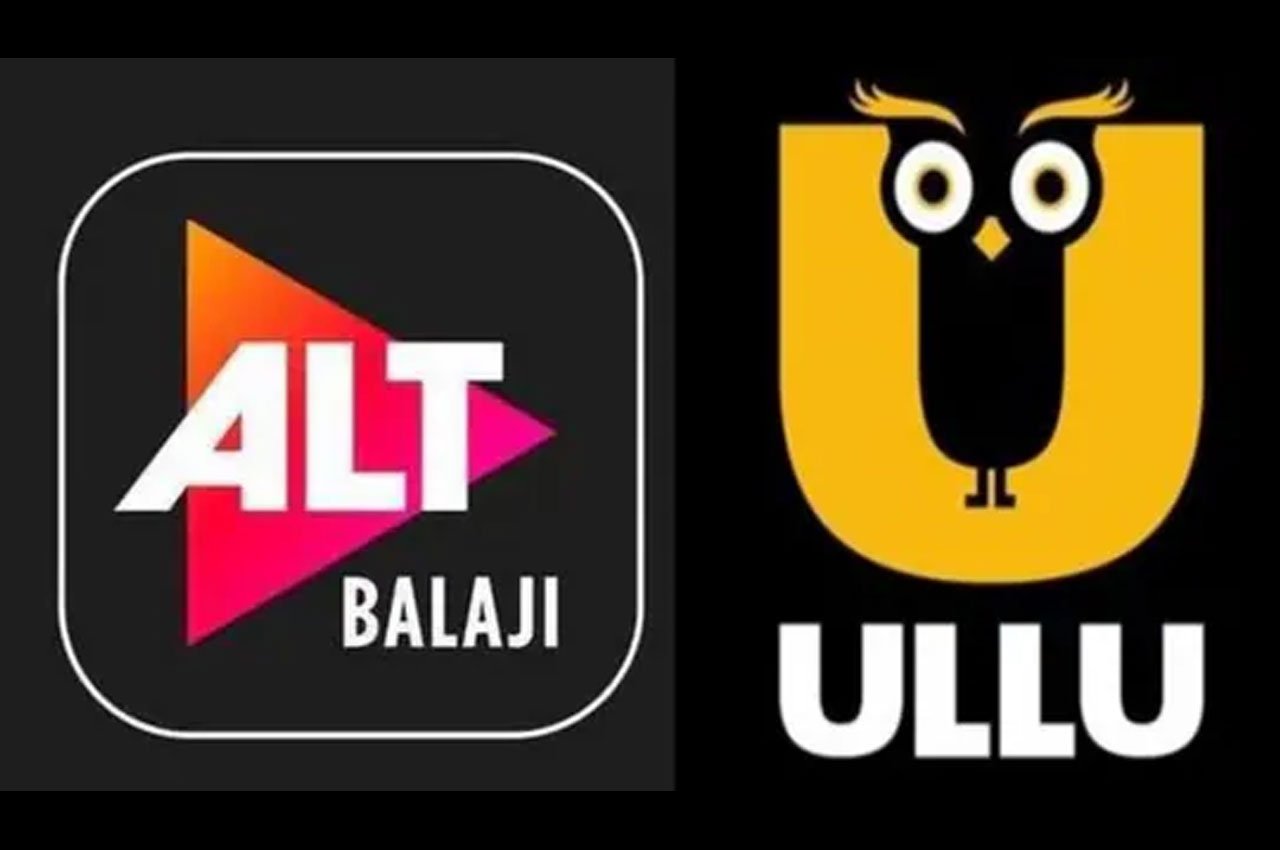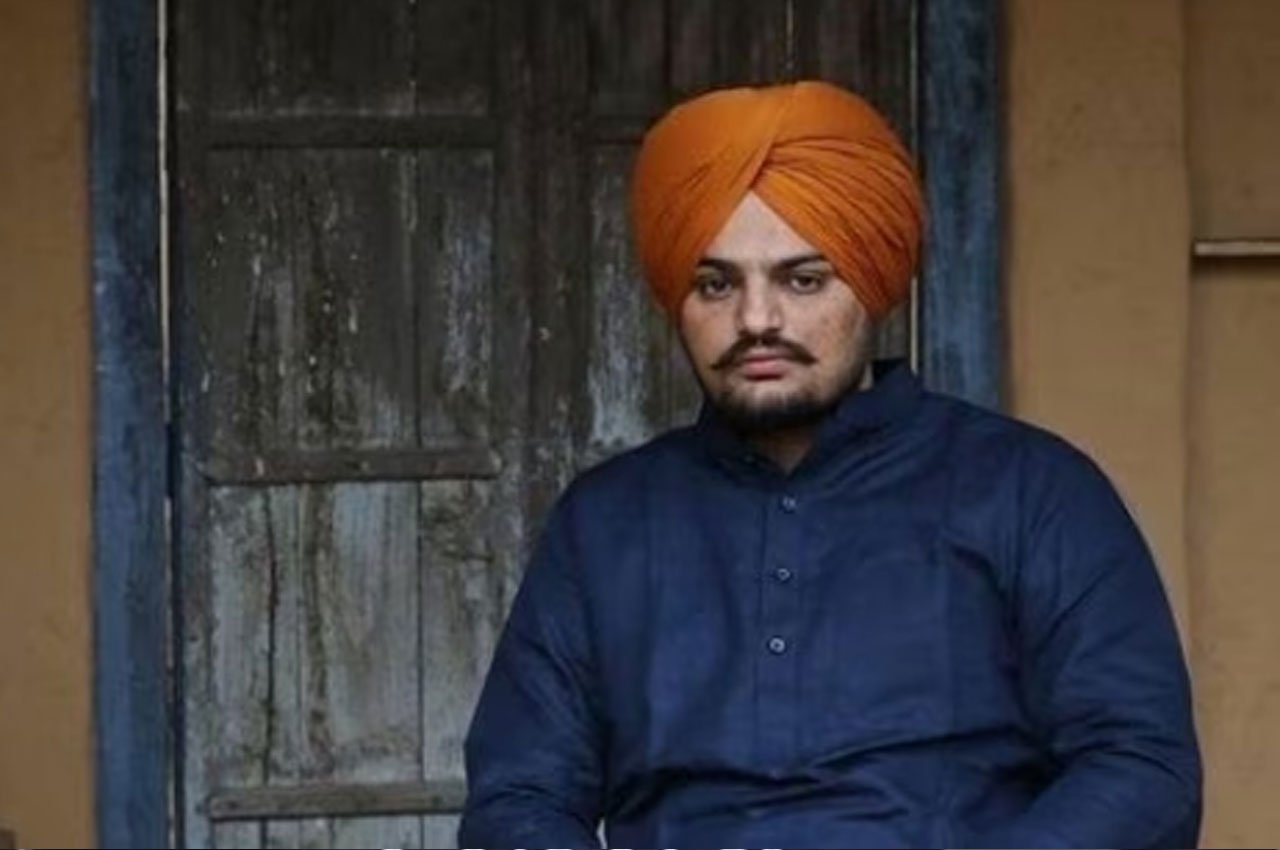In a bold move aimed at regulating digital entertainment content, the Indian government has blocked multiple OTT platforms, including popular names such as Ullu, ALTBalaji, and others, for allegedly streaming obscene and vulgar content. The action, carried out under the Information Technology (IT) Act, has triggered widespread debates on censorship, artistic freedom, and the evolving role of digital regulation in India.
Action Against 25 OTT Platforms
According to Hindustan Times, on Wednesday, the Ministry of Information and Broadcasting (I&B) announced that it had ordered the blocking of 18 websites, 10 apps, and 57 social media handles related to 25 OTT platforms. These platforms were found to be hosting and promoting content that was deemed “obscene, vulgar, and harmful to public decency.”
The government said the decision was taken under Section 69A of the IT Act, which allows the blocking of public access to content in the interest of sovereignty, public order, or decency.
Trigger for the Crackdown
According to the ministry, several platforms were misusing the freedom available to digital media to publish content that would not be allowed on television or in films certified by the Central Board of Film Certification (CBFC). In particular, the Ullu and ALTBalaji apps, known for producing bold and erotica-themed shows, were cited as repeat offenders.
The government claimed that such content not only violated legal standards but also posed a risk to vulnerable groups, especially young viewers and children, as many of these apps were easily accessible without age verification.
Platforms Removed from App Stores
Following the order, major app stores like Google Play and Apple App Store have begun taking down these applications. In addition, internet service providers (ISPs) and telecom operators have started blocking access to the listed websites and platforms.
The ministry stated that the blocked platforms had “no internal mechanism” to moderate content or respond to grievances from viewers. Many were also not registered under any formal digital content self-regulation body, as mandated by India’s 2021 OTT content guidelines.
Freedom of Expression vs. Public Morality
The move has reignited debates over creative freedom vs. public morality. While some have welcomed the government’s step as long overdue to curb digital vulgarity, others, including filmmakers and free speech advocates, have expressed concern over the lack of transparency and judicial oversight in the blocking process.
Industry insiders argue that OTT platforms fill a creative gap left by mainstream cinema and television, and such clampdowns could stifle innovation and storytelling. Some have questioned whether a blanket ban is the appropriate solution or if a more nuanced content-rating and age-gating system should be enforced more strictly.
No Impact on Major OTT Players
Interestingly, the government clarified that mainstream OTT platforms such as Netflix, Amazon Prime Video, Disney+ Hotstar, SonyLIV, and ZEE5 have not been impacted by the order. These platforms already follow self-regulation codes and have internal content moderation systems in place.
A senior ministry official said that the platforms targeted in this action were largely unregulated, obscure platforms with a history of flouting content norms, many of which have now been removed from public access.
Previous Warnings Ignored
Sources from the ministry revealed that multiple advisories had been issued to these platforms over the past two years, warning them to align their content with India’s digital content guidelines. However, the platforms allegedly ignored these warnings, continuing to produce and circulate soft pornographic content under the guise of “bold storytelling.”
The Road Ahead
The move is seen as part of a larger regulatory framework being developed by the Indian government to bring OTT content under stricter supervision. While the current IT Rules already include a grievance redressal mechanism and content classification guidelines, the ministry is said to be working on additional layers of enforcement, including third-party monitoring and fines for violations. Meanwhile, the blocked platforms are expected to challenge the move legally, setting the stage for a potential face-off between digital content creators and the state.
Photo Credit: HT
For more entertainment stories click here
Follow us for latest updates:




